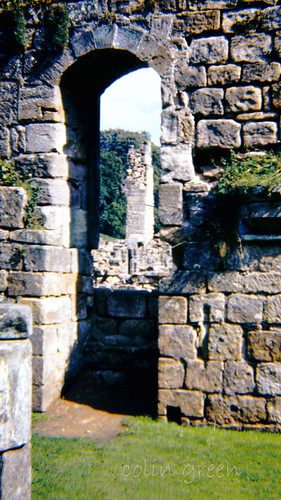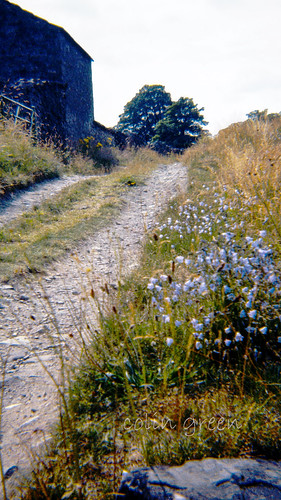Imagine standing atop a windswept hill, the vast expanse of the Calder Valley stretching out before you like a rumpled green carpet. The air is crisp, the silence broken only by the rustling of heather and the distant bleating of sheep. This isn't just any hill; it's Stoodley Pike, a sentinel of the South Pennines, and its crown jewel is the imposing monument that pierces the skyline, a testament to history and resilience.
Stoodley Pike, rising approximately 1300 feet (400 meters) above the villages of Mankinholes and Lumbutts, isn't merely a geographical feature. It's a living chronicle, a place where time folds in on itself. The monument, visible for miles, whispers tales of Napoleonic battles and Crimean conflicts.
But let's rewind a bit. This isn't the first monument to grace this lofty perch. The original, erected in 1815 to celebrate the defeat of Napoleon, succumbed to the harsh Pennine weather and a dramatic lightning strike. It’s even speculated that a monument was present before this. The replacement, designed by James Green and completed in 1856 as the Crimean War ended, stands further from the edge, a lesson learned from its predecessor’s demise.
And what a replacement it is! A formidable stone structure, it houses a spiral staircase that ascends to a balcony, offering panoramic views that will steal your breath away. The climb, however, is not for the faint of heart. 39 steps plunge into near-total darkness, a stark contrast to the brilliant landscape outside. A torch is an absolute must – the "light-enhancing" grill is, as I've found, more of a decorative feature.
As you stand at the entrance, facing north, a faded inscription etched in stone tells a story of war, peace, and strange coincidences:
STOODLEY PIKEA
BEACON MONUMENT
ERECTED BY PUBLIC SUBSCRIPTION
COMMENCED IN 1814 TO COMMEMORATE
THE SURRENDER OF PARIS TO THE ALLIES
AND FINISHED AFTER THE BATTLE OF
WATERLOO WHEN PEACE WAS ESTABLISHED IN 1815.
BY A STRANGE COINCIDENCE
THE PIKE FELL ON THE DAY THE RUSSIAN
AMBASSADOR LEFT LONDON BEFORE THE
DECLARATION OF WAR WITH RUSSIA IN 1854.
WAS REBUILT WHEN PEACE WAS RESTORED IN1856.
RESTORED AND LIGHTNING CONDUCTOR FIXED IN1889.
This inscription is more than just words; it's a tangible link to the past, a reminder of the turbulent times that shaped our world. The fact that the original monument fell on the eve of the Crimean War is a chilling example of history's uncanny echoes.
Despite its exposed position and frequent lightning strikes, the monument stands strong, a testament to the skill of its builders and the addition of a lightning conductor in 1889. It's a symbol of enduring strength, a beacon in the wild landscape.
My own visit, captured in the photos taken with a Samsung Galaxy Tablet on October 19th, 2013, only scratched the surface of Stoodley Pike's allure. This isn't just a place to visit; it’s a place to experience, to feel the wind whip around you and to imagine the countless generations who have stood on this very spot, gazing out at the same breath taking view.
So, if you find yourself in West Yorkshire, take the time to explore Stoodley Pike. Climb the dark staircase, read the faded inscription, and let the whispers of wind and stone transport you to a different time. You won't just see the Calder Valley; you'll feel its history, its resilience, and its enduring beauty.
Clicking any of the images below should open a link in another window to my Colin Green Photography store on Zazzle.
Thanks for looking, please take a moment to share and follow me on social media, and check out my portfolio on Photo4Me via the link below.
All the pictures remain the copyright of Colin Green.



















































